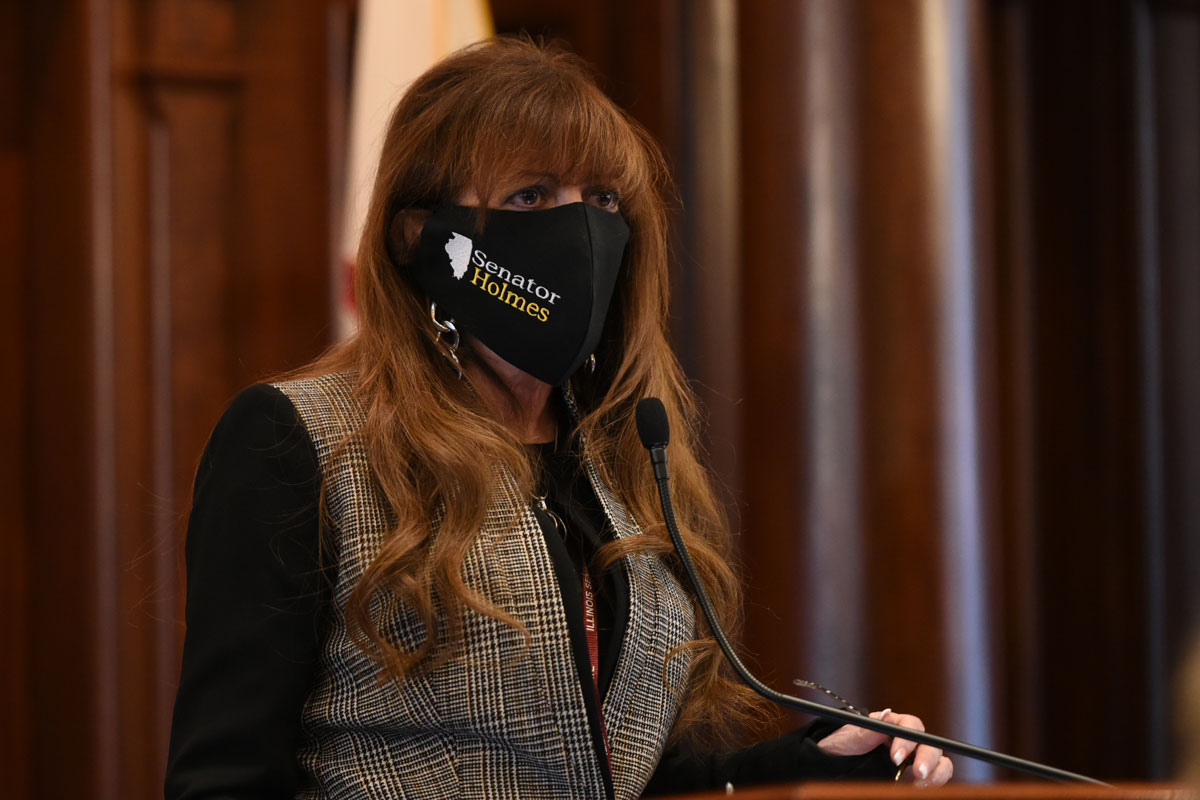 AURORA – State Senator Linda Holmes (D-Aurora) announced today that school districts in the 42nd Senate District will receive more than $120 million in additional funding to go toward the many challenges COVID-19 has presented.
AURORA – State Senator Linda Holmes (D-Aurora) announced today that school districts in the 42nd Senate District will receive more than $120 million in additional funding to go toward the many challenges COVID-19 has presented.
“I’m so grateful to local teachers, parents and students for adapting to a different and challenging approach to learning during the pandemic, “ Holmes said. “Now that we appear to be in sight of the new normal, I’m confident this funding boost will help our students and schools move forward as they get on track to reestablish their more traditional routines.”
The funding comes as part of the most recent federal COVID-19 relief packages. Schools, students and parents have overcome challenges that no one could have imagined before the pandemic began, including remote and hybrid learning, digital connection issues, new processes for receiving state and federal aid that normally flow through schools, and more.
Local school districts are set to receive the following amounts:
- Aurora East School District 131 $76,454,367
- Aurora West School District 129 $34,489,096
- Indian Prairie School District 204 $12,261,096
- Oswego School District 308 $10,768,168
Schools in CUSD 308 and the 42nd Senate District include Brokaw Early Learning Center, Churchhill Elementary, Homestead Elementary, Oswego East High School, Plank Junior High and The Wheatlands Elementary.
The majority of the funding comes from the American Rescue Plan, which gives local schools a great deal of flexibility in how they can use the money over the next 3 ½ years. At least 20% of the funding must be used to address learning loss, but beyond that, school districts can use the money to address many different issues and costs. For example, it can be used to better equip schools for safe learning, to prevent layoffs, to address students’ social and emotional needs, to fund summer programs, or to ensure all students have access to reliable Wi-Fi and technology.
The State Board of Education, in collaboration with other state agencies that address education, has produced a guide for local school districts to help them decide how to best use their resources. While the guide and other state-sponsored services are completely voluntary, the state aims to support local districts during this difficult time.
“I am particularly pleased this funding addresses the students’ emotional and social needs. They will need time and guidance to readjust, and without that component, their studies may be too challenging,” Holmes said. “This funding can also be used to provide resources to ensure more reliable internet access for students who had little or no access to WiFi to take part in distance or hybrid learning.”
In total, Illinois received nearly $7 billion to support local school districts.




